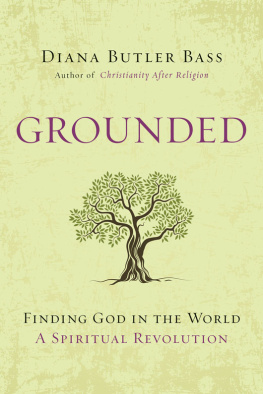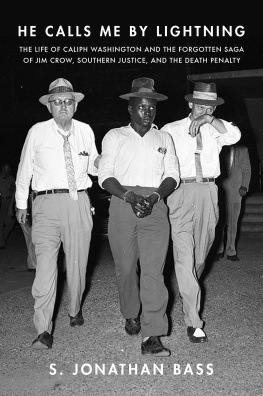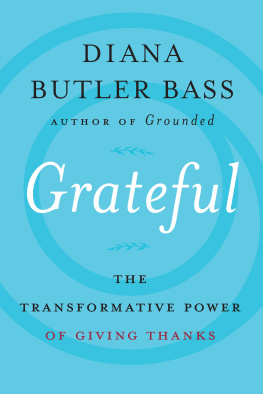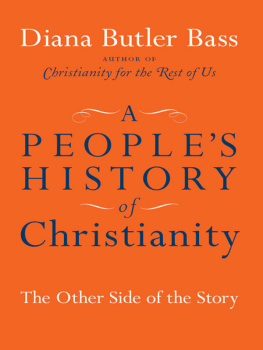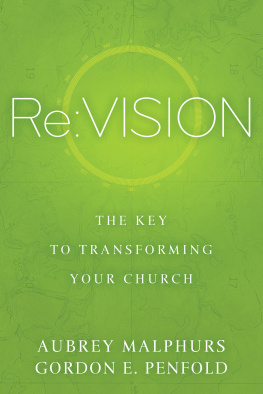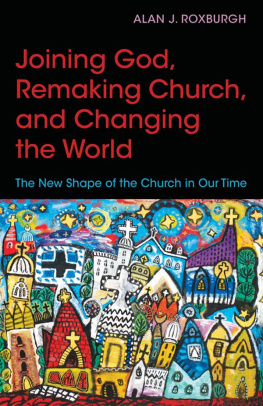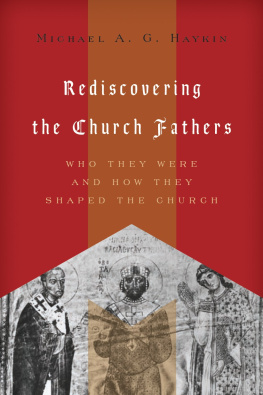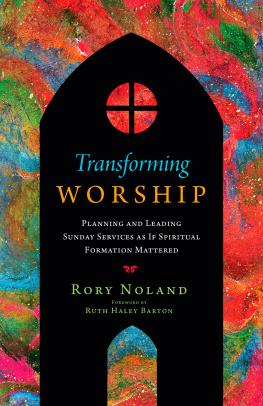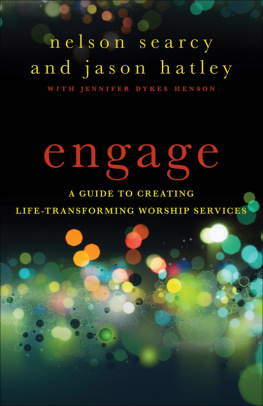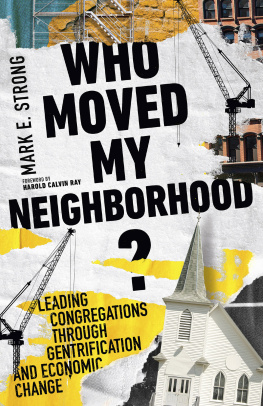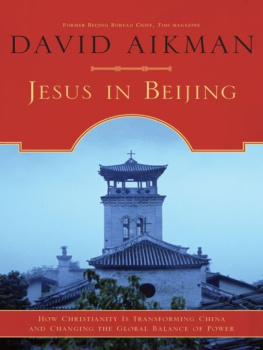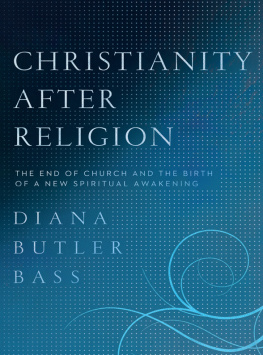In the fall of 2005, I was the keynote speaker at a conference on vital churches. About 175 people had come to spend the day discussing how mainline Protestant congregations might find new ways of being faithful in a changing world. The day opened with the event chaplain, an Episcopal priest, taking those attending through a spiritual exercise of centering prayer. She directed us to look around the room one last time as she turned down the lights; then she asked us to close our eyes. In the semidarkness, she drew our attention to where our feet touched the floor and had us listen to our own breath. From the breath, she said, God would give us a sacred word on which to meditate. Her words, she related, were holy and blessed. Breathe, she told us, breathe your sacred words. About every ten seconds, she demonstrated centered breathing by intoning her own words, holy and blessed, and inviting us to breathe ours.
As I listened for a sacred word to arise from my breath, I confess that I struggled. Even in the quieting environment of the church parish hall, the only word that came to my mind was anxiety. I tried to banish it, reaching out for holy blessedness, but only anxiety remained.
What caused my anxiety? The whole thing struck me as painfully ironic. Many people probably think this scenario aptly describes mainline Protestantism: liberal churchgoers sitting around in the dark with their eyes shut.
Although the priests spiritual exercise was a terrible metaphor for church, it saddens me that churchgoers themselves play into this stereotypeacting as if church is about closed eyes in the semidarkness, seeking the comfort of Gods holy blessedness. As I let myself breathe anxiety, however, my eyes popped open, refusing to shut. I glanced around the room realizing that people need to open their eyes to see what is going on around them. And I confess: I have little patience for spirituality that seems self-absorbed and isolating. Most of my life has been a search for authentic spiritual community, a church with its eyes wide to the world, nothing phony or contrived. As the priest tried to center us in prayer, I wondered if we instead needed to be decentered, to be more realistic about the current state of affairs and imagine what possibilities God might have for us.
Unlike those who persist in believing that mainline Protestantism is a religion with eyes shut, I know different. For the last three years, my job has been going to church. As the project director of a research study on vital congregations, I have spent hundreds of hours in worship, attending programs and events, talking with clergy, and interviewing church members. I did not visit just any churches, however. No suburban megachurches or revivalist congregations with famous television preachers for me. Rather, I journeyed with a surprising group of contemporary pilgrimsthose folks who gather in mainline Protestant congregations, communities that describe themselves as theologically centrist to liberal-progressive and are part of denominations that trace their lineage back to colonial America.
I hung out with brand-name ChristiansMethodists, Presbyterians, Lutherans, Congregationalists, and Episcopaliansobserving, listening, and paying attention to what is happening in their often-ignored churches. When I told people of my quest, they sometimes chuckled: Vital mainline churches? Must have been a short journey! Or editorialized, Arent those the frozen chosen? Whats so interesting about them? After all, many said, repeating the conventional wisdom, Only conservative churches can grow.1 Critics consider the old mainline denominations culturally irrelevant and hopelessly confused. According to most reports, politically conservative evangelicalism is the only vital form of the Christian faith. Other Christians do not even seem to exist.
I knew, though, that other Christians existed. I am onean Episcopalian who has found a meaningful way of life through ancient traditions, social justice, spiritual practices, and emotive worship. The religious right seems to have hijacked American Christianity, and I can barely stand reading the news about religion and politics. Although most of my friends are other Christians, too, we feel pretty isolated. So, like the biblical character Joshua, I set off to spy out the land and find some like-minded pilgrims, hoping to discover a different kind of Christianitya Christianity for the rest of usby listening to real people in the pews, finding out what makes their churches work, and giving voice to their understanding of the gospel.
Sometimes, I felt singularly alone in my quest to explore the undiscovered country of vital mainline churches. During the time that I have been tracking mainline vitality, evangelical voices have grown louder and more insistent that theyand they aloneare the true Christians, the ones with true doctrine, true morals, and true politics. The power of their claim was backed by their electoral pull in the 2004 presidential elections. But that victory did not mollify religious conservatives. Instead, their leaders seem ever more aggressive in their attempts to create a kind of one-party Christianity in this country. Indeed, in the week I wrote this, yet another book was released attacking the mainline and proffering its explanation for why Americans are fleeing liberal churches for conservative Christianity.2 During much of the last decade, I have felt like the voice crying in the wilderness. When people asked me what I was writing about, I typically responded: The other Christians. The ones you dont hear about in the media. The quiet ones.
A few years ago, not many people knew what I meant, but now, more often than not, they respond, Thank goodness. Thats me! I am tired of feeling so alone! There are more of the other Christians than I expected. As this journey progressed, I discovered more and more traveling companions. The other Christians practice this different kind of Christianity for the rest of usa faith that is open and generous, intellectual and emotive, beautiful and just.
In all the congregations, I discovered Christians who are reaching toward new language to express these ideals, recreating structures that embody spirituality, and relocating themselves in larger, public practices of faith and politics. In recent years, there has been talk of emerging Christianity, of a new paradigm faith that is adapting to changes in a pluralist, post-Christian world. Some of my friends refer to it as transformational Christianity. Indeed, the mainline churches in my research represent an emerging shape of Protestant Christianity. 3 Or, perhaps, as one friend of mine says, Your churches are the reemergent ones! They are moving into the future by reengaging their best past. Emerging or reemerging, there is something happening in the pewssomething that could transform American Christianity.
Although I have long been interested in what makes a good church, this particular journey took shape as a three-year research project of spiritually vital mainline Protestant churches. 4 The study was not a quantitative project; I did not attempt to count how many mainline churches were vibrant, healthy congregations or how many people might consider themselves the other Christians. Rather, I was looking for a renewal in the practice of Christianity in mainline churches to discover whether a common pattern, language, and spiritual logic were taking shape in a variety of congregations in different parts of the country. If enough congregations were experiencing a similar enough transformation, it would be possible to discern and describe a possible emerging trend in religious practice. To do this, I identified fifty mainline congregations in which new things appeared to be happening, and where people were growing deeper and experiencing a new sense of identity by intentionally engaging Christian practices.


